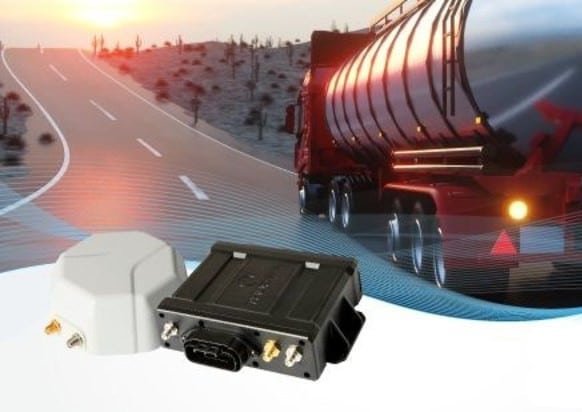Thuraya has launched a mobile, dual-mode device for superior machine-to-machine (M2M) communications and remote asset tracking and monitoring in conjunction with the launch of the first product release of the year, the T2M-DUAL terminal. A mobile, dual-mode device for Machine-to-Machine (M2M) communications and remote asset tracking and monitoring, the T2M-DUAL enables the simultaneous collection of data from multiple points including location information, data from external sensors and peripheral devices, and input gathered from vehicle or heavy equipment CANBus.
The T2M-DUAL is ideal for use in widespread applications such as transportation, logistics, energy, utilities, agriculture and mining.
“The solution brings unprecedented ease of integration to applications that are traditionally more complex to manage and monitor, such as vehicle tracking and fuel consumption, thereby resulting in operational efficiency”, the company said.
In addition, the new solution allows for the integration of any third-party applications and has several built-in smart features such as geo-fencing, network selection based on least cost routing, internal battery backup and location and sensor data.
With dual-mode capabilities, T2M-DUAL ensures that connectivity is automatically maintained as assets move between regions covered by GSM and those that lie beyond the confines of cellular networks – under the strong and secure coverage of Thuraya’s satellite network.
The T2M-DUAL solution is designed to support on-the-move M2M/IoT applications seamlessly on Satellite and GSM networks, allowing for optimized connectivity based on the best available network, which ensures unrivaled total cost of ownership. The terminal is robust and built to withstand harsh environmental conditions.
Rashid Baba, A/Chief Commercial Officer at Thuraya said: “Industries and businesses are constantly looking for solutions that give them a competitive advantage with lower risks, higher automation and cost-saving potential. As more players enter sectors like logistics and transportation, for example, the monitoring of remote assets on the move by managers increase opportunities for faster decision-making, deployments, worker safety, and operational efficiency.”












